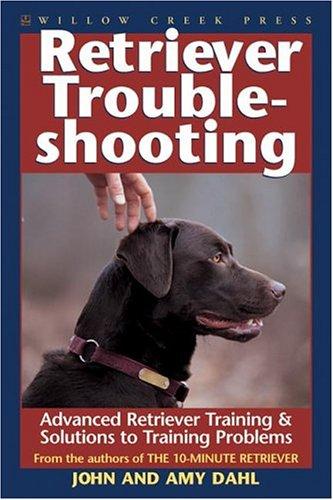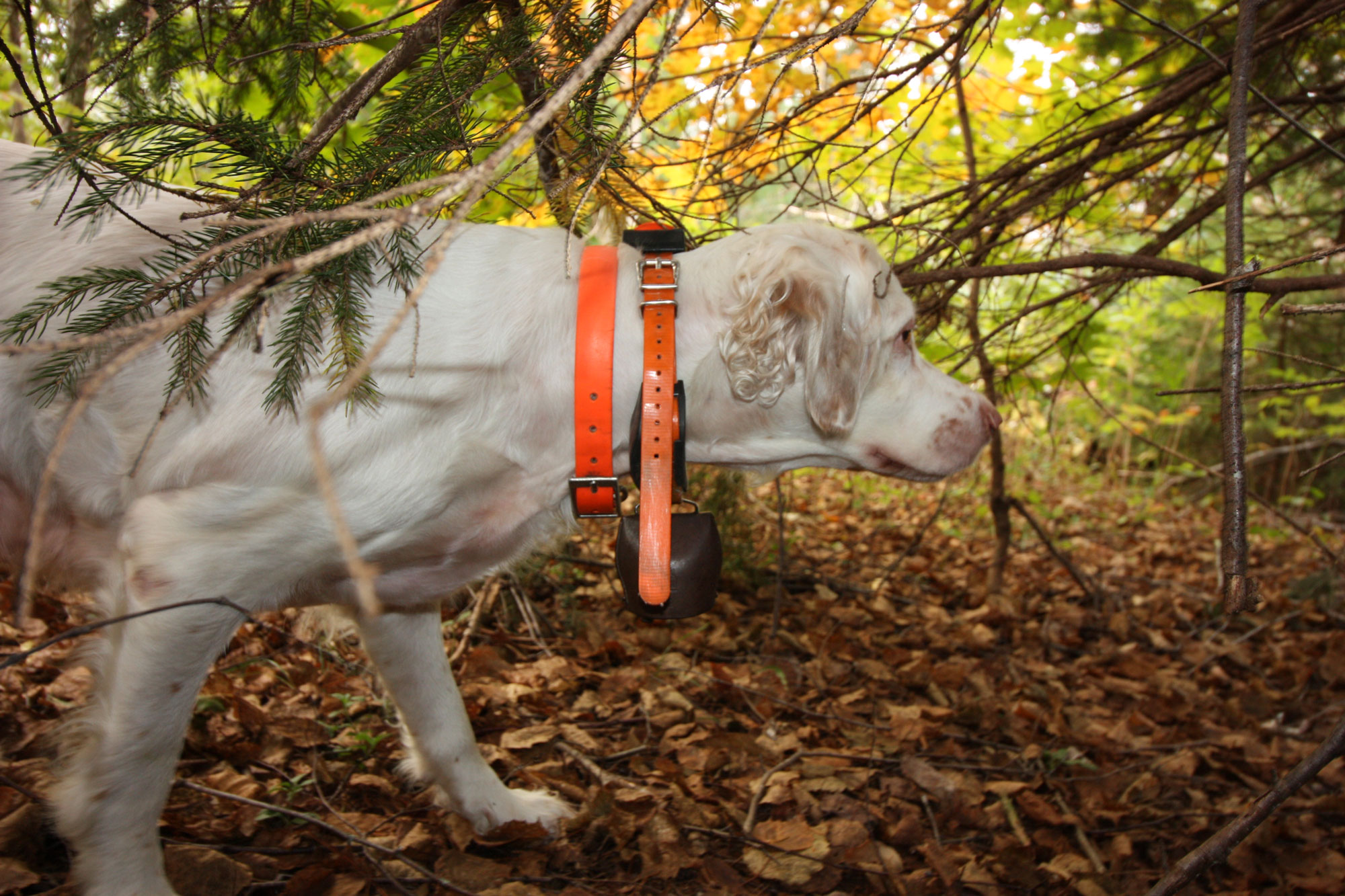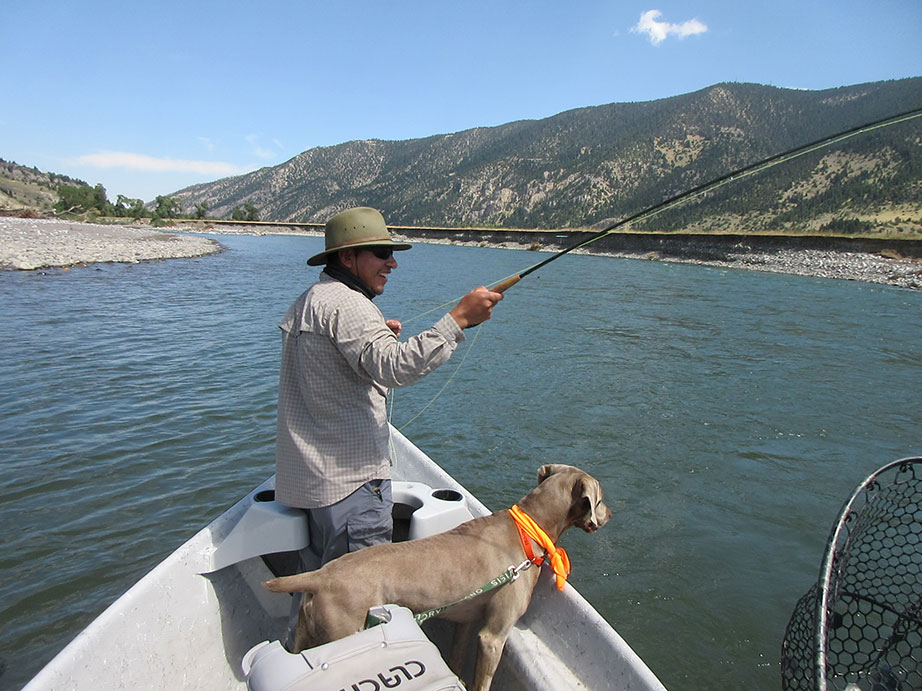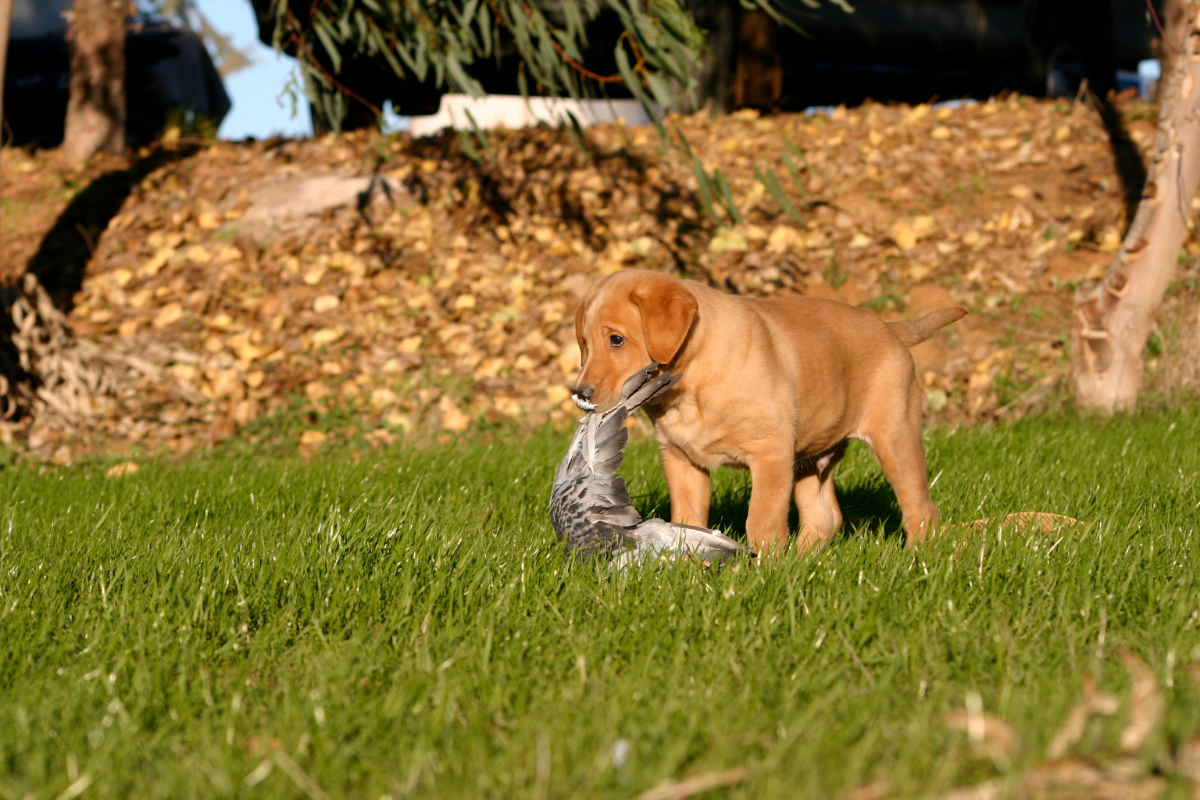The morning was good, just about the best I could remember. The mid-October wind shifted from the south to the north, the temperature plummeted, and the woodcock flights kicked into high gear. Birds were everywhere we looked, so much so that we could do no wrong.
They were mixed in with grouse in the uplands that smelled sweetly of apples and Hawthorne berries, and they were thick in the musty, lowland river bottoms. We found them in resident-bird covers, in flight coverts; heck, we even found them in places we rarely hunt. Before the morning dew burned off we found 17 in the Gold Mine Covert, and even with four of us shooting, we were in danger of limiting out.
We had lots of dogs to run—boxes full of setters and pointers and shorthairs. They all had to run, and we wanted to have as many points as possible. Scratching down a bird to punctuate the points was important, but at this brisk pace, we were going to fire starter pistols instead of shotguns.
Each of us has a different views on how to run dogs, so when we’re belling up we have spirited debates. Some like to run the older dogs first. No one knows for how long they’ll be around, they have the highest amounts of experience, and they are all business. There is little, if any, frustration.
Others of us run the pups first ’cause they need the contacts. Young dogs sometimes bump birds, and they haven’t quite figured out how to pin running birds, but that’s why they should get into the woods.
Another selling point is that pups have faster recovery rates, so we can run ’em hard in the morning and still mop up with them in the afternoon. Grouse specialists hit in the tangles and snarls, big runners excel in the expansive open areas, and versatile dogs are favored near bodies of water. When properly matched to their environment, the dogs and pups work the coverts like a card sharp works a poker game.
It all makes sense until we throw those strategies out the window and come up with new ones just because.
Cover dogs are unique in just about all aspects of hunting. They know how to cast their way through jungles of briars and tangles with the grace of a platform diver. They reposition on running birds with an instinct as natural as a math whiz solving complex algebra. They snake their way under barbed wire fences, they leap over stone walls, and when they find what they’re looking for, they point.
Better make your shots count, for they’ve more than done their job. It’s time for you to do yours, so shoot true and put some feathers in their mouths.
On that perfect day we put down an enthusiastic orange belton named Sissy. She was a derby dog that had pawed at the kennel door for hours while other, more fortunate dogs ran free. By the time it was her turn, she was as torqued up as a can of warm, shaken soda. Cutting her loose was like popping the top, and in a flash she was gone.
Barely five minutes later we heard a yelp followed by some whimpering. The last I saw of her was when she curled around the tangle of rusted barbed wire clearly forgotten by a farmer long, long ago. She must have gotten cut, but when we got closer to the thrown stone wall, she was on the other side. None of us saw her leap over the piled rocks, and when she did she ran a branch through the corner of her mouth. Injuries like that sometimes just happen.
I had a cloth in my pocket, and we cleaned her up and stopped the bleeding. No one wants to leave a hunt when there are lots of birds around, but duty called. We walked to the truck and packed up young Sissy girl for a trip to the vet.
Having a good vet close to bird coverts is important, and Doc Browning was perfect because he was a hunter, too. He was 15 minutes away, and though his associates didn’t much cotton to the sport, Doc didn’t mind. Heck, he even let us hunt birds behind his house.
Doc was a whitetail fiend; he didn’t give a rip about birds, and that all translated into shorthand for the fact that our match was made in Heaven. Instead of presenting him with a seasonal bottle of hooch, we gave him our vet business. Today was his return.
We didn’t find Doc Browning in his office when we arrived. Instead, we met Stacy, an incredibly attractive woman. She was fit and had long, straight black hair and light-green eyes. She flinched a bit when she saw three muddy guys dressed in orange shirts and bloody chaps with an injured dog, but she motioned us into Room 3 nonetheless.
Stacy made it crystal clear that she wasn’t a hunting fan, and made even more clear that she disliked hunters with injured dogs. I tried to explain the situation as succinctly as I could, but I was distracted. I wasn’t distracted by her beauty, for I’m happily married, but I could tell my buddy was winding up for some kind of pitch. Bob kept eyeballing her and eyeballing her to the point that I figured he was about to ask her out on a date. So be it, but I hoped he’d wait until Sissy was stitched up.
We were escorted into the waiting room, where we were surrounded by a throng of anti-hunters. Most looked disapprovingly at us, some revealed body language that spoke volumes, and others shot us glances that I cared not to try and interpret. The required 20 minutes passed quickly, and Stacy appeared from the room. She tossed her hair over her shoulder and gave us the lead, attached to which was a groggy setter.
“Let her rest for a few days,” she said. “You don’t want the stitches to pull out.”
“Thank you,” I said. “It’s great having a vet near our hunting spots in case of an emergency.”
She said nothing, so I turned to pay, and that’s when Don Juan chimed in. Instead of asking her for dinner, he pulled a grouse from his game pouch and held it in prominent display of everyone in the waiting room.
“Since you worked some magic on the pup, can you take a look at this bird, Doc? It doesn’t look so good.”
Finding new coverts is one thing, but finding a new vet in a rural area? You’ve got an easier time finding a needle in a haystack, that’s for dang sure.

Strategies & Solutions to Retriever Trainer Problems
238 Pages, 9″ x 6″, Paperback
In this book, nationally-recognized retriever trainers John and Amy Dahl (The 10-Minute Retriever) tackle advanced training methods and problem-solving using a dog’s innate strengths to compensate for its weakness. They discuss how dogs learn at an advanced level while encouraging readers to tailor their training so the dog keeps progressing. Training topics include: how advanced training applies to hunting and to competition; blind retrives; achieving range and multiple blinds; handling; hazards and formidable obstacles; more disciplined lining; marking; and the use of e-collar in advanced field work. The authors also discuss good general practices and individuality in training, along with specific real-life dog training stories that help readers see how they deal with unique problems. Buy Now





